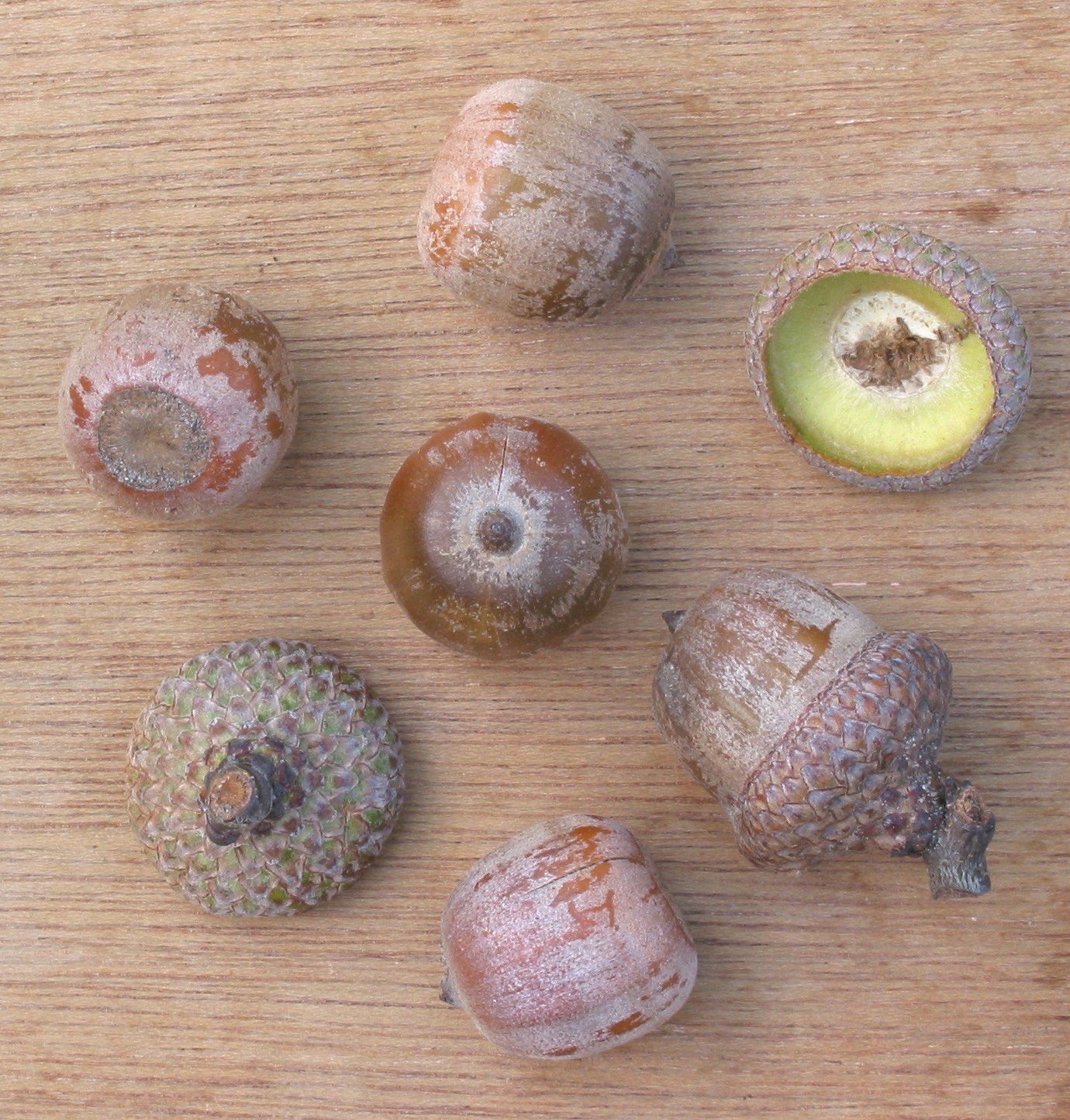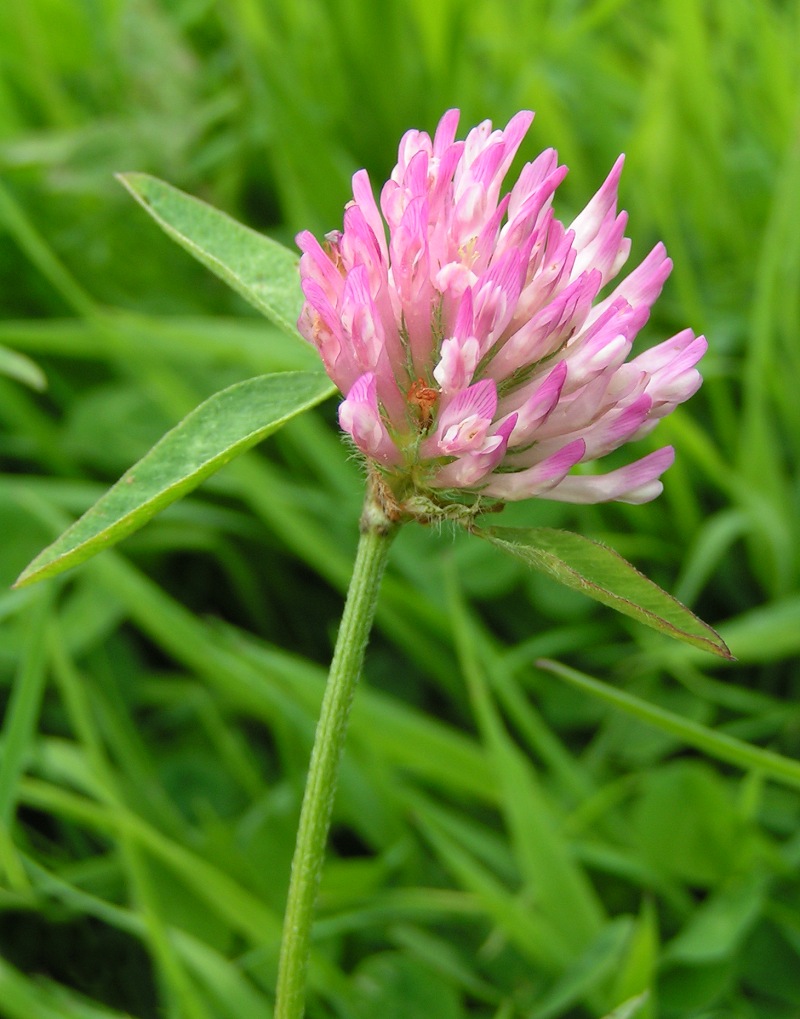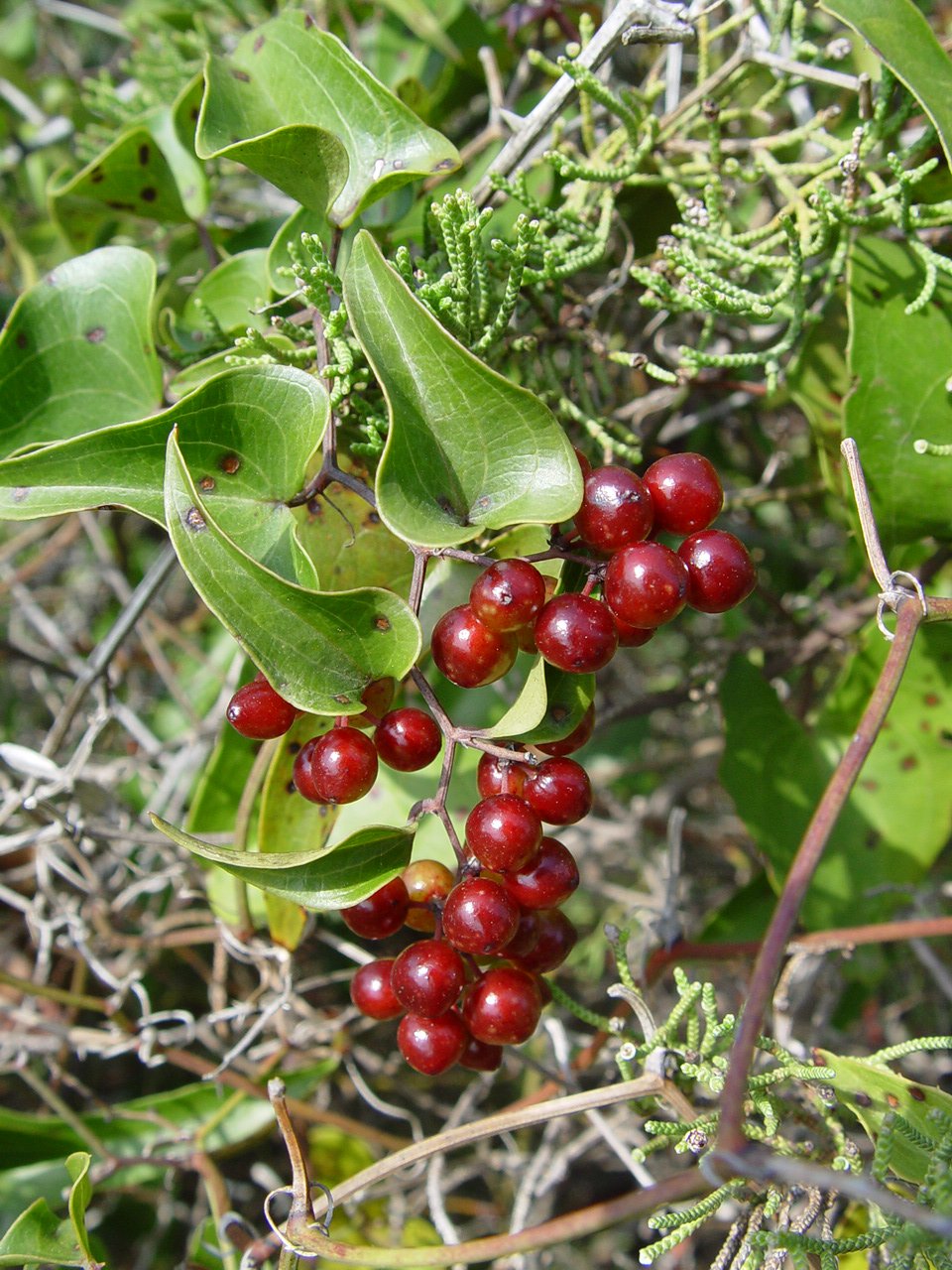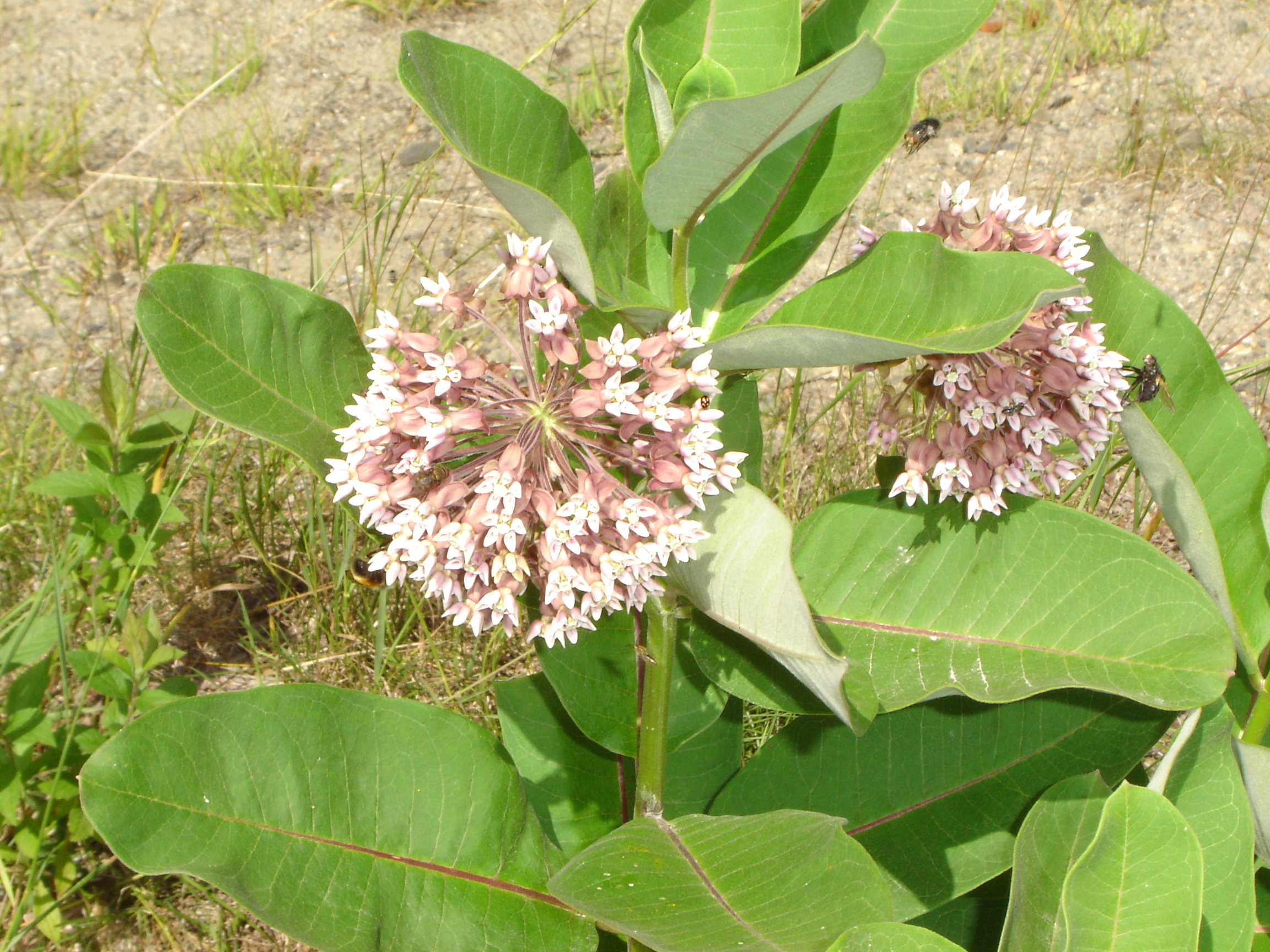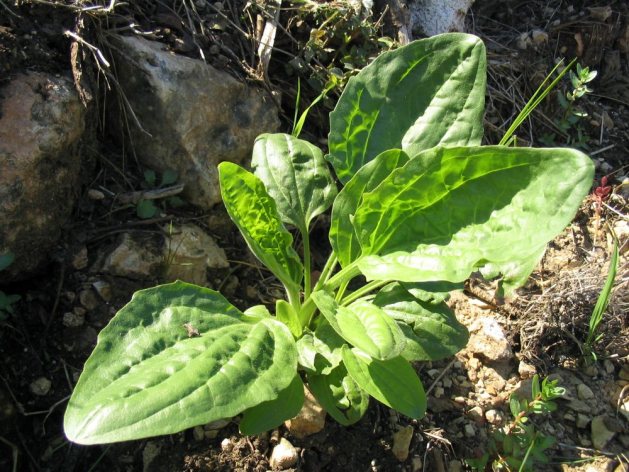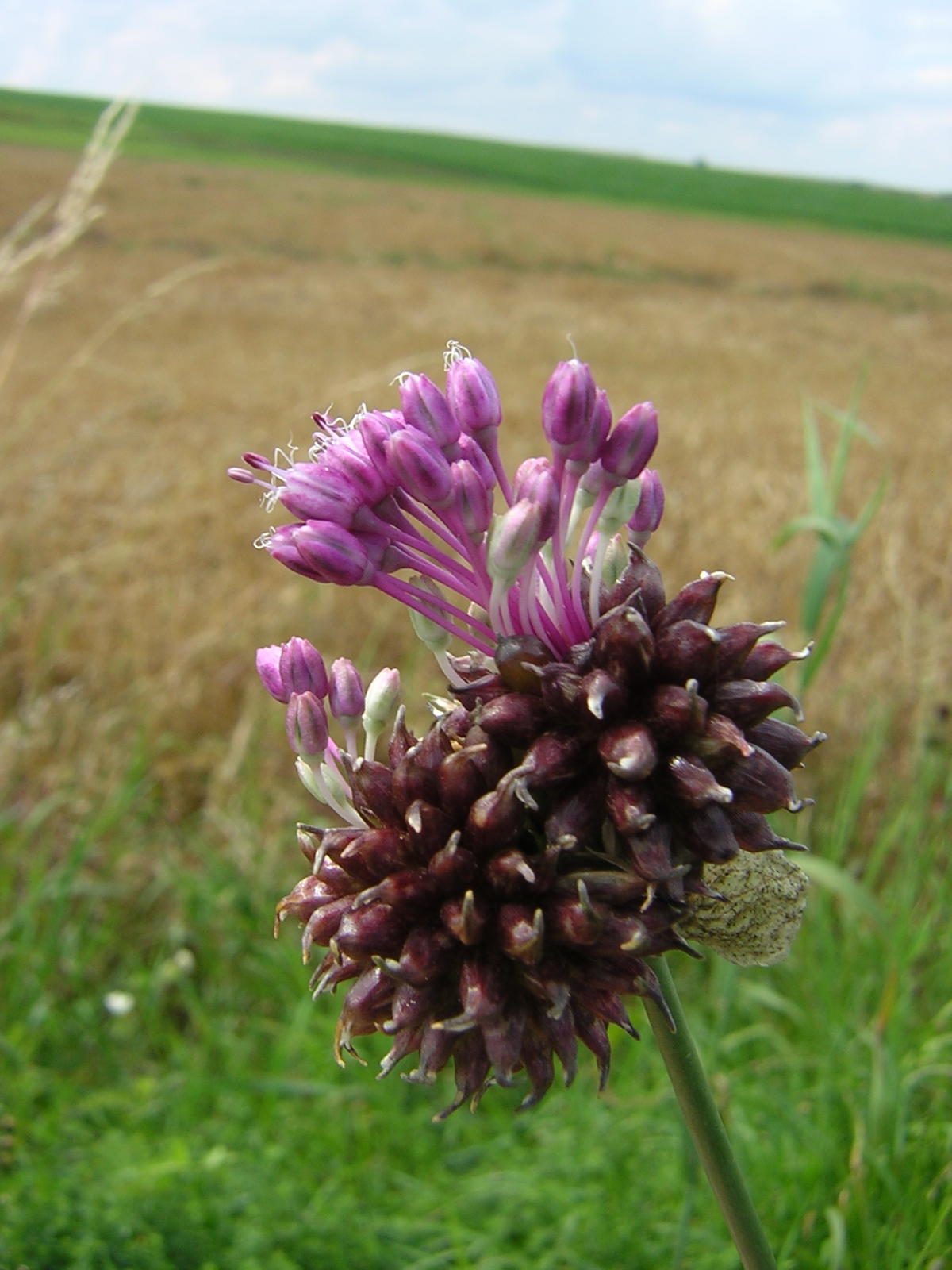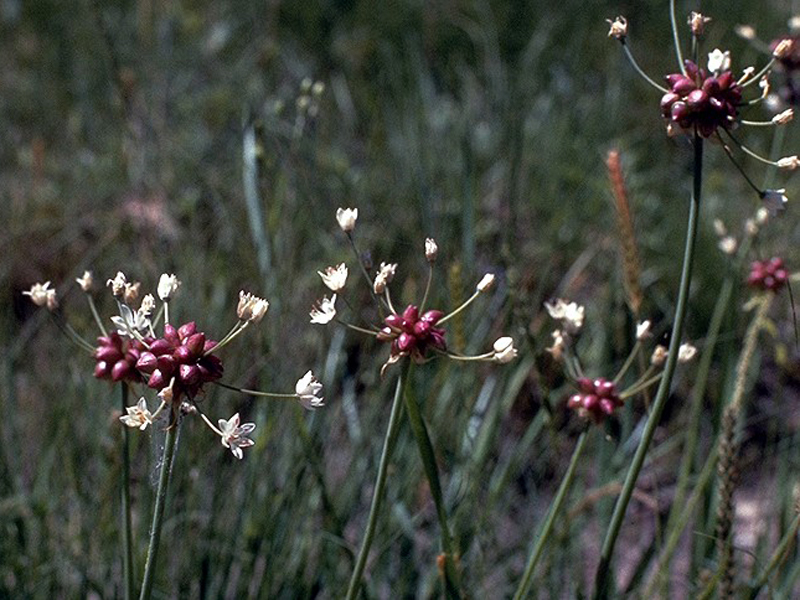AY Honors/Camping/Ten edible wild plants
We present some of the more common edible plants here. For more options see the Edible Wild Plants honor in the Nature chapter of this book. Incidentally, once you have met this requirement, you will be well on your way to earning the Edible Wild Plants Honor.
Acorn
Description: Acorns are the fruit of the oak tree. They are a very important food source for wildlife. Creatures that make acorns an important part of their diet include birds such as jays, pigeons, some ducks and several species of woodpeckers. Small mammals that feed on acorns include mice, squirrels and several other rodents. Large mammals such as pigs, bears and deer also consume large amounts of acorns; they may constitute up to 25% of the diet of deer in the autumn. However, acorns are toxic to some other animals, such as horses. In some human cultures, acorns once constituted a dietary staple, though they are now generally only a very minor food.
Where found: The oak is native to the northern hemisphere and includes deciduous and evergreen species extending from cold latitudes to tropical Asia and the Americas.
Availability: Fall
Use: The acorn contains tannin, which is very bitter and slightly toxic. Luckily, tannin is easily removed by soaking in water. Acorns from the white oak family have far less tannin than acorns from the black (or red) oak family, so if you have a choice, opt for white oaks. The first acorns to fall from the tree are likely to contain worms and moth larvae. Most of these bad acorns will float in water, while most good acorns will sink. At the beginning of acorn season (late summer or early autumn) you will find that most of the acorns will float and very few will sink. As the season progresses, you will find that most acorns will sink, and few will float. Once you have sorted them, shell them. They can be opened with a pair of pliers or a nutcracker. Remove the meat from the shell, crush it into a fine powder (use a mortar & pestle or a food processor), and then soak it in water for about a week, changing the water twice a day. If you choose to, you can speed this process by boiling the shelled, crushed acorns in several changes of water. Native Americans would put the crushed acorns in a sack and then place the sack in a swift stream for several days. If after soaking, the acorn mush is still bitter, it needs to soak longer. When they are no longer bitter, spread them out on a cookie sheet and dry them in an oven at 120°C![]() for 90 minutes. They can be used as flour or to make acorn mush - a staple of the Native American diet. You can also skip crushing them and eat them as nuts, but uncrushed acorns will take much longer to leach.
for 90 minutes. They can be used as flour or to make acorn mush - a staple of the Native American diet. You can also skip crushing them and eat them as nuts, but uncrushed acorns will take much longer to leach.
Blackberry
Description: The blackberry is a widespread and well-known shrub; commonly called a bramble in the eastern U.S. and Europe but a caneberry in the western U.S. growing to 3 m (10 ft) and producing a soft-bodied fruit popular for use in desserts, jams, and seedless jellies.
Where found: Throughout the non-polar regions of the world.
Availability: Fall
Use: The berries are fantastic eaten straight from the cane, cooked into jelly, or baked into pies.
Typha latifolia -Cattail
Where found: in wetlands throughout the Northern Hemisphere
Availability: Winter, Spring, Summer, Fall
Use: In early spring, the shoots and stalks can be pulled up and eaten raw or boiled for 15 minutes. In late spring, the spikes can be gathered just before they break out of their papery sheaths, boiled for a few minutes, buttered, and eaten like corn-on-the-cob. In early summer, the spikes produce large quantities of pollen which can be gathered by covering the top of the plant with a paper bag, inverting it, and shaking vigorously. The pollen can be used as flour when mixed half and half with wheat flour. In fall and winter, the roots can be gathered. Wash them and then soak them in a bucket of water. While still submerged, crush them to remove the fibrous covering. Then let the starchy portion of the root settle to the bottom. Skim off the fiber, strain out the water, and use as flour.
Chicory
Description: Chicory is a spindly plant with purple (though sometimes pink or white) flowers. The petals are narrow, notched at the tips, and numerous. The flowers fold up in the afternoon, opening again in the morning.
Where found: Originating from Europe, it was naturalized in North America, where it has become a widespread roadside weed.
Availability: Early spring (leaves), Fall to Spring (roots)
Use: The roots are washed, roasted, ground, and brewed as a coffee substitute (use 1.5 tsp per cup of water). In the spring the white, underground portion of the leaves are an excellent addition to salads, and the green above-ground portions can be boiled and eaten as greens.
Clover
Where found: Found worldwide in fields and yards
Availability: Spring, Summer, Fall
Use: The flowers can be eaten raw, added to salads, boiled in soups, or dried (or roasted) and ground to flour. They can also be used to make fritters. Red clover is shown here, but white clover is just as good (but a little smaller, so it takes more work to collect). The leaves and stems are also edible in salads or as greens.
Dandelion
Where found: Throughout Asia, Europe, and North America
Availability: Spring, Summer, Fall
Use: Add the young, tender leaves to salad raw, or boil and eat as greens. The roots can be roasted and ground and used as a coffee substitute. The yellow rays of the flowers are sweet and make a great snack raw, or they can be fried as fritters. The unopened buds are also excellent and can be used the same way as the leaves.
Day Lily
Description: The alternating lanceolate leaves are grouped into fans (a clump also containing the roots and the crown). The crown of a day lily is the small white portion of the stem, between the leaves and the roots. The name "day lily" reflects the fact that the individual flowers last for only one day. The flowers of most species open at sunrise and wither at sunset, to be replaced by another one (sometimes two or none) on the same stem the next day; some species are night-blooming.
Where found: Originally from Eurasia, native from Europe to China, Korea, and Japan, their large showy flowers have made them popular worldwide
Availability: Early Spring (shoots), Summer (buds and flowers), All Year (tubers)
Use: The early shoots make a good addition to a salad. The buds and flowers can be prepared by boiling or be made into fritters. The tubers can also be added to salads or can be prepared like corn-on-the-cob.
Goldenrod
Description: Goldenrods are easily recognized by their golden inflorescence with hundreds of small flower heads. They have slender, usually hairless stems. They can grow to a length between 60 cm and 1.5 m. Their alternate leaves are linear to lanceolate. Their margins are usually finely to sharply serrated.
Where found: Found in the meadows and pastures, along roads, ditches and waste areas in North America and Europe.
Use: The flowers can be steeped in boiling water for 10 minutes to make an anise-flavored tea.
Greenbriar
Description: On their own, Smilax plants will grow as a shrub, forming dense impenetrable thickets. They will also grow over trees and other plants up to 10 m high using its hooked thorns to hang on to and scramble over branches. The genus includes both deciduous and evergreen species. The leaves are heart shaped and vary from 4-30 cm long in different species.
Where found: Eastern United States
Availability: Spring, Summer
Use: The shoots and leaves are delicious eaten raw on the trail or in salads. They can also be boiled and eaten as asparagus and greens.
Milkweed
Description: Common milkweed is a herbaceous perennial plant growing from a rhizome to 1-2 m tall. The stem is very hairy, and all parts of the plants produce a white latex when broken. The leaves are opposite, simple broad ovate-lanceolate, 7-25 cm long and 3-12 cm broad, usually with an undulate margin and a red-colored main vein. They have a very short petiole and a velvety underside. The flowers are grouped in several spherical umbels with numerous flowers in each umbel. The individual flowers are small, 1-2 cm diameter, perfumed, with five cornate hoods. The seeds are attached to long, white flossy hairs and encased in large pods.
Where found: Native to most of North America east of the Rockies, with the exception of the drier parts of the Prairies. It grows in sandy soils and appreciates lots of sunlight.
Availability: Spring, Summer
Use: The stems, shoots, leaves, flowers, and young pods are all edible, but should be cooked first. The flowers can be dipped in batter and fried, and the other parts can be boiled for a few minutes. It is not necessary to boil milkweed in repeated changes of water.
Pine Trees
Description: Pines are evergreen and resinous. The bark of most pines is thick and scaly, but some species have thin, flaking bark. The branches are produced in regular "pseudowhorls", actually a very tight spiral but appearing like a ring of branches arising from the same point. Many pines are uninodal, producing just one such whorl of branches each year, from buds at the tip of the year's new shoot, but others are multinodal, producing two or more whorls of branches per year. The new spring shoots are sometimes called "candles"; they are light-colored and point upward at first, then later darken and spread outward.
Where found: Pines are native to most of the Northern Hemisphere. In North America, they range from the Arctic south to Nicaragua and Hispaniola, with the highest diversity in Mexico and California. In Eurasia, they range from Portugal and Scotland east to the Russian Far East, Japan, and the Philippines, and south to northernmost Africa, the Himalaya and Southeast Asia, with one species (Sumatran Pine) just crossing the Equator in Sumatra. Pines are also extensively planted in many parts of the Southern Hemisphere
Availability: All year
Use: The needles can be eaten year-round. The young shoots can be eaten as candy when stripped of the needles, peeled, boiled until tender, and then simmered for 20-30 minutes in a sugary syrup.
Pine Nuts
Description: Pine nuts are the edible seeds of pine trees. About 20 species of pine produce seeds large enough to be worth harvesting; in other pines the seeds are also edible, but are too small to be of value as a human food. The nuts are located at the base of the scales of the cones.
Where found: Temperate areas of North America, Europe, and Asia.
Availability: Fall
Use: Pine nuts can be eaten raw or baked into a casserole.
Plantago Major, or Broadleaf Plantain
Description: The Broadleaf Plantain or Greater Plantago (Plantago major) is a member of the plantago family, Plantaginaceae. In North America, this plant is primarily a weed, though it is edible and is used in herbal medicine. The plant is native to Europe, and is believed to be one of the first plants to naturalize in the colonies.
This plant does best in compacted soils, and hence is sometimes called "roadweed". It is commonly found on field boundaries as it is tolerant to pesticides and herbicides. It is wind-pollenated, and a cause of summer allergies when in flower.
Where found: Common lawn weed found throughout
Availability: Best in Early Spring, also usable in Summer and Fall, but tough and stringy.
Use: Crushed leaves can be applied directly to the skin to stop bleeding, bee stings and insect bites. Psyllium seeds are a bulk laxative. The young leaves are delicious raw in salads. In summer and fall the leaves can be eaten when boiled as greens.
Sheep Sorrel
Where found: Throughout the Northern Hemisphere
Availability: Spring, Summer, Fall
Use: Nibble on the raw leaves - a great addition to a salad. They may also be boiled and eaten like greens, or steeped to make a tea.
WARNING: Sheep sorrel contains small amount of oxalic acid which gives it its pleasantly sour taste. If eaten in large quantities over a period of time, however, may inhibit the body's ability to absorb calcium.
Wild Strawberry
Description: Similar to the domestic variety, but the berries are quite a bit smaller, measuring about quarter inch (6 mm) in diameter. The Woodland Strawberry was widely cultivated in Europe before being largely replaced by the Garden Strawberry (Fragaria x ananassa and other hybrids), which have much larger berries. Woodland Strawberry fruit is strongly flavored, and is still grown on a small scale commercially for the use of gourmets. Unlike most commercial and garden cultivars of strawberries, Woodland Strawberries rarely form runners, and are usually propagated by seeds or division of the plants.
Where found: Throughout the Northern Hemisphere
Availability: Summer
Use: The fruits can be eaten raw or cooked into jellies and jams. It can also be baked into pies. An herbal tea made from the leaves, stems, and flowers is believed to aid in the treatment of diarrhea.
Sumac
Description: It grows to 3-10 m tall, and has alternate, pinnately compound leaves 25-55 cm long, each with 9-31 serrate leaflets 6-11 cm long. The leaf petioles and the stems are densely covered in rust-colored hairs. The fruit of staghorn sumac is one of the most identifiable characteristics, forming dense clusters of small red drupes at the terminal end of the branches; the clusters are conic, 10-20 cm long and 4-6 cm broad at the base. The fruit appear during autumn, at which point the foliage turns a brilliant red. Sumacs are considered some of the best fall foliage around. The fruit has been known to last through winter and into spring.
Where found: From Ontario and Quebec south to northern Georgia and Mississippi.
Availability: Spring, Summer, Fall, Winter
Use: The fruit drupes can be bruised and then soaked in water to make a refreshing lemonade-like drink.
WARNING: Avoid the Poison Sumac tree which is easily identified by its white flowers. Contact with poison sumac will cause a rash (like poison ivy).
Wintergreen, or Teaberry
Description: Wintergreen (also called Teaberry) is a low evergreen plant that grows in wooded areas. It produces red berries in the Fall, and they remain on the plant through the winter until the plant flowers again in the spring. The crushed leaves have a medicinal smell very much like peppermint (or surprise! wintergreen!) It is also used as the flavor of Wrigley's popular Winterfresh chewing gum.
Where found: Primarily found in the Northeastern United States, but it also grows in Minnesota, south to Mississippi, east to Georgia, and north to Maine.
Availability: Spring, Summer, Fall, Winter
Use: The leaves can be picked and chewed raw like a chewing gum. The leaves can also be finely chopped and steeped in boiling water to make a tea. The berries can be eaten as well.
WARNING: Wintergreen is endangered in Illinois, so if you find it there, leave it be!
Wild Carrot (Queen Anne's Lace)
Description: It is a biennial plant growing up to 1 m tall, bearing an umbel of bright white flowers that turn into a "bird's nest" seed case after blooming. Very similar in appearance to the deadly poison hemlock, it is distinguished by a mix of bi-pinnate and tri-pinnate leaves, fine hairs on its stems and leaves, a root that smells like carrots, and occasionally a single dark red flower in its center.
Where found: Waste ground, fields, throughout
Availability: Fall to Early Spring
Use: The roots of the wild carrot can be cleaned and used as regular carrots. They are quite a bit smaller than domestic carrots, but the flavor is unmistakable. It is best to use the roots of the plant during its first year.
WARNING: Do not confuse the wild carrot with poison hemlock. The root of the wild carrot smells like carrots. Also the bracts beneath the flower heads are three-forked. Poison hemlock has a smooth, hollow, jointed stem and often has purple spots. Queen Anne's Lace has none of these characteristics.
Wild Garlic
Description: All parts of the plant have a strong garlic odor. The underground bulb is 1-2 cm diameter, with a fibrous outer layer. The main stem grows to 30-120 cm tall. The leaves are slender hollow tubular, 15-60 cm long and 2-4 mm thick, waxy textured, with a groove along the side of the leaf facing the stem. The flowers are 2-5 mm long, with six petals varying in color from pink to red or greenish white. It flowers in the summer, June to August
Where found: Northern Hemisphere
Availability: All year
Use: Use the tubular leaves and bulbs in salad or in soups.
Wild Onion
Description: Wild Onion has an edible bulb covered with a dense skin of brown fibers and tastes like an onion. The plant also has strong, onion-like odor. The narrow, grass-like leaves originate near the base of the stem, which is topped by a dome-like cluster of star-shaped, pink or white flowers. It typically flowers in the spring and early summer, from May to June.
Where found: Throughout North America
Availability: Spring - Winter
Use: Use the leaves and bulbs raw in salads, or cook them in a soup. Basically, use them as you would domestic onions.
WARNING: Though the plant is edible, it pays to be careful in identifying it as there are several look-a-likes. So be sure to do more research before eating plant.
Wood Sorrel
Where found: Occurs throughout most of the world, except for the polar areas.
Availability: Spring, Summer, Fall
Use: Use the raw leaves, stems, and flowers as a refreshing, sour addition to a salad. Steep in boiling water for 10 minutes to make a tea.
WARNING: Wood sorrel contains small amount of oxalic acid which gives it its pleasantly sour taste. If eaten in large quantities over a period of time, however, may inhibit the body's ability to absorb calcium.
